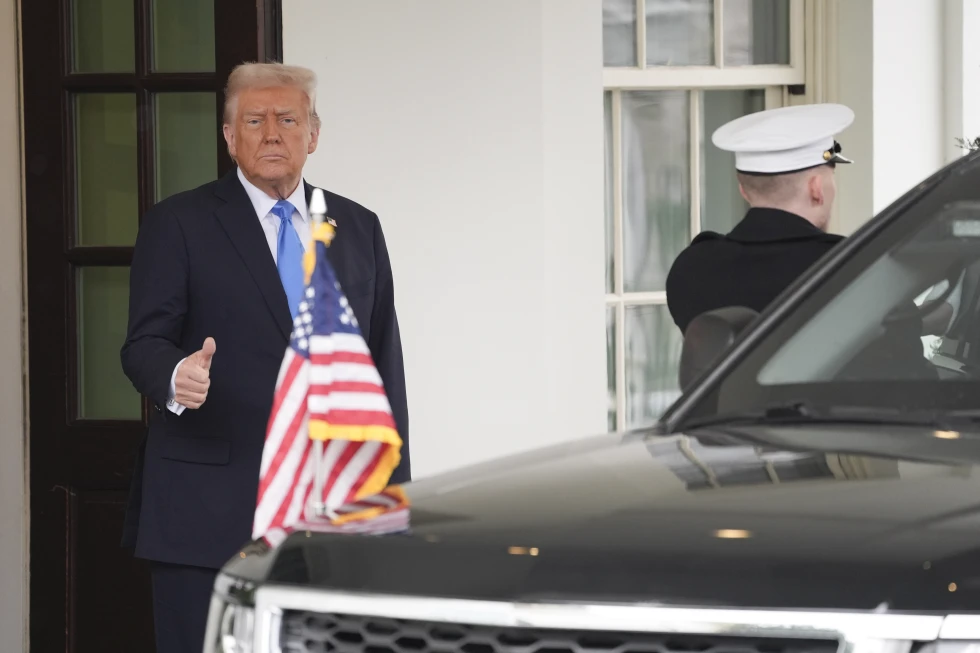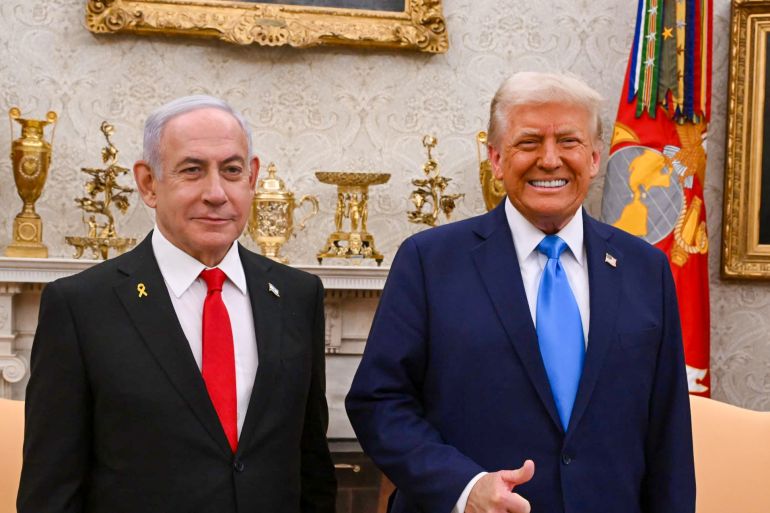In a move that eased concerns in the energy sector, President Donald Trump announced a 30-day pause on imposing tariffs against the United States’ two largest foreign oil suppliers, Mexico and Canada.
Oil prices fell in response, with Brent futures dropping by 0.5% to $75.55 per barrel and US West Texas Intermediate (WTI) crude declining by 1% to $72.41.
The tariff suspension follows last-minute agreements with Canadian Prime Minister Justin Trudeau and Mexican President Claudia Sheinbaum, who pledged to strengthen border enforcement to address immigration and drug smuggling concerns. As a result, the planned 25% tariffs on imports from Mexico and Canada — including a 10% tariff on energy imports from Canada — were postponed.
The temporary halt was welcomed by energy market observers who had feared price surges and potential supply disruptions. ING analysts cautioned that despite the current agreement, Canada remains susceptible to future trade disputes unless it expands its export infrastructure beyond the US, such as constructing additional pipelines to ports.
Trump’s decision to ease tariff pressures comes amid ongoing trade tensions, including looming duties on Chinese imports. While tariffs can be a tool for protecting domestic industries, they carry inflationary risks, as noted by Federal Reserve officials who warned of potential price volatility if trade uncertainties persist.
Canada currently supplies 61% of the US’s imported crude oil, which is essential for American refineries optimized to process heavier crude blends. Experts have expressed concern that any disruption in Canadian oil exports due to tariffs could lead to higher fuel prices at the pump. However, the current agreement helps maintain stable energy flows for the time being.
Trump’s move aligns with his administration’s broader strategy to renegotiate trade terms with key partners. The White House indicated plans for talks with Chinese President Xi Jinping as tariffs on Chinese goods are set to take effect.
Although the pause in tariffs has provided temporary relief, market analysts remain cautious. The Organization of the Petroleum Exporting Countries and its allies (OPEC+) chose to maintain a gradual increase in oil production despite Trump’s earlier calls for more aggressive output to stabilize global markets.








